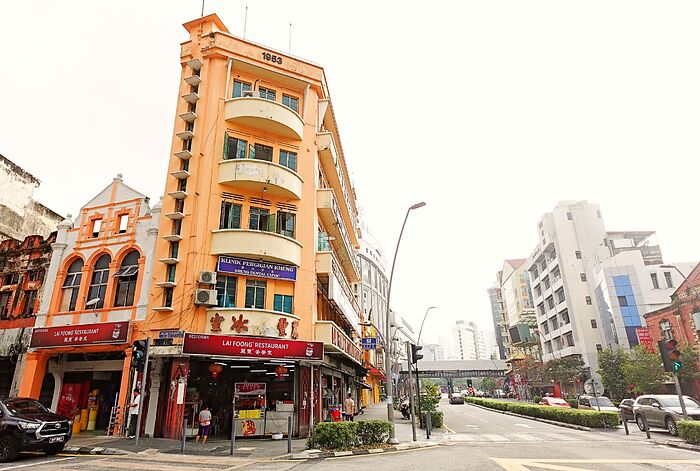Foreigners sometimes fail to understand the significant regional variances in Malaysian cuisine. When the British wanted to relinquish their old colonies in this part of the world, they hastily cobbled together a disparate collection of states, some with little in common, to found the Federation of Malaysia in 1957. British-created colonies like Singapore and Penang (founded in 1819 and 1786 respectively) have very little in common with old sultanates like Perak, Kedah or Selangor, having lived separately for centuries, and differ significantly in terms of language, culture and culinary-wise.
Penang’s majority populace are Chinese, mainly Hokkiens (Fujianese) and Teochew (Chaozhou/ Chiuchow). Singapore has the same composition. But the Chinese in Kuala Lumpur and Ipoh are mainly Cantonese, with the Hakkas a close second. Culinary-wise, there are stark differences in the food between Singapore/Penang on one hand, and KL/Ipoh on the other.
Also, Cantonese cuisine in KL and Ipoh tends to be much better than one can find in Penang - which is why I usually try and avoid Cantonese street food like wantan noodles in Penang, but will make a beeline for it whilst in KL or Ipoh. But, mind you, KL, ipoh, Penang or any other state in the Malaysian federation, even Singapore, subscribes to the Malaysian (Singaporean) style of wantan noodles which is very different from what constitutes the dish in Hong Kong or Guangdong, China.
Local Malaysian/Singaporean wantan noodles will have blanched thin wheat-egg noodles dressed in a blend of dark soy sauce, light soy sauce, oyster sauce, shallot oil, drippings from “char siew” (Cantonese BBQ pork) roasts, sesame oil and other “secret” ingredients/condiments. A standard order of wantan noodles (called “wantan mein” in Cantonese-speaking KL & Ipoh, and “wantan mee” in Hokkien-speaking Singapore & Penang) will be topped with slivers of “char siew” and blanched “choy sum” greens. It’ll be accompanied by a small bowl of clear soup with three little wantan dumplings floating inside. The soup is very basic, unlike the complex consomme which HK-style wantan noodles (which are usually served in soup form) are renowned for.
Last Friday morning, I trudged down to KL Chinatown to try the rendition from Lai Foong Coffeeshop, Jalan Tun H.S. Lee.
I loved how the KL-lites still serve their wantan noodles with pickled green chilis - an old tradition which used to be de rigeur all over Malaysia, even in Penang. Unfortunately, in Penang, local Penang Nyonya-influences have seen the green chili pickles replaced by incendiary spicy red chili paste.
KL-style wantan noodles have a smoother, softer texture than Penang’s, which I absolutely love. Penang-style wantan noodles tend to be crinkly and has a more toothsome, al dente texture.
Lai Foong Seng Kee Wanton Noodles, nearly 60 years old now, is helmed by Chong Chaw Seng, the third-generation of his family to run this business.
Address
Lai Foong Seng Kee Wanton Noodles
138, Jalan Tun H S Lee, 50050 Kuala Lumpur, Malaysia
Tel: +6016-393 2457
Opening hours: 7am to 4.30pm daily






